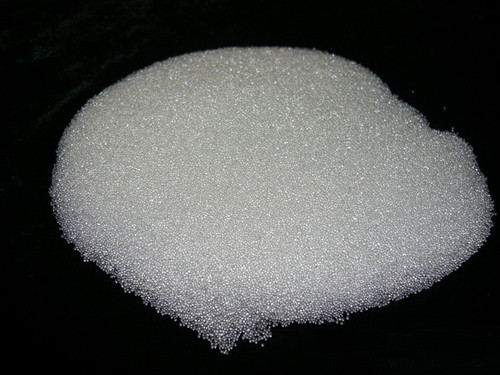In order to cope with hazy weather and meet the new needs of the Chinese people, Quanzhou Textile and Apparel Industry Co., Ltd. has started to develop “PM2.5 protective clothingâ€, trying to create harmful particles in the haze that can be isolated from the human body from the perspective of improving the textile process. Clothing for the benefit of the public. “Renewable and biodegradable fabrics and PM2.5 protective clothing have been included in the R&D projects of the company.†In Fujian Longfeng Textile Technology Industrial Co., Ltd., Wei Hao, deputy director of the Technology R&D Department, introduced that the development of such products is not “ There are precedents to follow. “A survey found that there are more dermatological patients in the Jing-Jin-Ji area than in other regions, and may be related to the entire environment in which they are located. Japan has invented a type of clothing that has been found through experiments to effectively inhibit skin. The incidence rate of the disease," said Wei Wei, who gave them an inspiration, maybe through the clothes on the body to reduce the environmental damage to the human body. "The problem of smog facing China today is that there are too many harmful particles in the atmosphere, so We want to make a breakthrough in this area." In recent years, the functional fabrics of the antibacterial category have always been the direction of research and development in the textile industry in Quanzhou. Fengzhu Textile has developed a new type of fabric, such as "Long-lasting antimicrobial silver ion fabric", which has attracted much attention in the market. According to the responsible person of Fengzhu Textile New Product Development, the company has always had an advantage in cotton textiles, and tried to add other materials to cotton materials to extend more competitive products. "If silver nanomaterials are added to the spinning, this fabric can maintain its long-term antibacterial effectiveness." He said that in the past, the antibacterial effect of many fabrics was achieved through additives, and the clothes were washed several times more. It is not so good. The fabric developed through the sterilization mechanism of silver ions is now more applicable. This website solemnly declares: This article is the reprint of the online media, only represents the author's point of view, has nothing to do with this site. If news articles and comments infringe your legal rights, please call us and we will handle it in a timely manner.
AASHTO M247 Glass Beads,we mainly manufactures Drop-on Glass Beads, prermix Glass Beads ,Blasting Glass Beads, Grinding Glass Beads and other reflective glass beads. We can produce micro glass beads for road marking based on the standard of EN1423/1424, AASHTO M247, BS6088, JIS R3301,KS etc. these differents standards can meet different market for the road marking lines and traffic signs.
Reflective Standard Type 1 Glass Beads,AASHTO Tpye 1, Glass Beads, Sand like texture. Same glass beads used on interstate, highway and local traffic lines.Makes paint reflective. Beads are sprinkled on top of the wet while it is still wet at a ratio of 6 pound beads per gallon of paint. roundness >= 80%. Refractive index is >= 1.51.
Retroreflective highway signs and lane markers use special kinds of paints and materials. Most retroreflective paints and other pavement marking materials (PMM) contain many thousands of glass beads per square foot that are bonded to the highway with a strong binder. Instead of scattering light, as normal paints do, retroreflective paints containing glass beads turn the light around and send it back in the direction of your headlights.
AASHTO M247 Glass Beads,AASHTO M247 Reflective Traffic Glass Beads,AASHTO M247 Road Marking Glass Beads,AASHTO M247 Micro Glass Beads YONGQING BAILUYUAN GLASS PRODUCTS CO.,LTD , https://www.blyglassbeads.com
